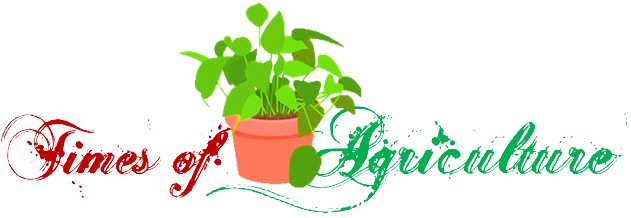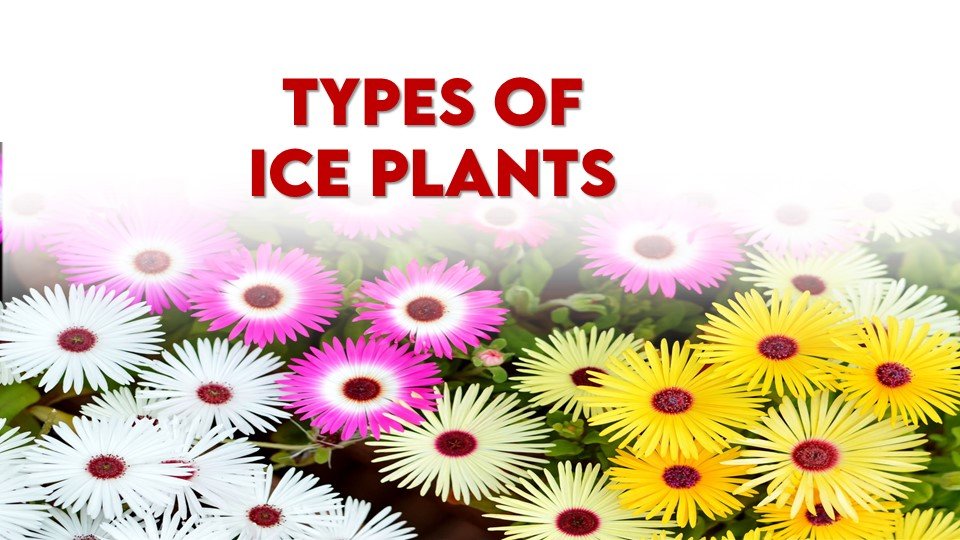15 Types of Ice Plants to Transform Your Garden into a Vibrant Oasis
Ice plants are also known as ‘Ultra Dwarf Annuals‘, they are widely used as ground cover, because of their small height, profuse flowering and wide spreading habit. There is a huge diversity of colours and patterns among Ice plants, some of these are evergreen too. People also use Ice Plants in pots, hanging baskets and a few species indoors. And like any other succulents, underwatering is better than overwatering in these plants.To add these dwarf beauties to your garden, let us know more about different types of ice plants.
The fruits developed in these tiny succulents are edible and also increase the overall ornamental value of the plant. Most of the known Ice plants belong to the Carpetweed Family, ‘Aizoaceae’, It includes many genera, such as Carpobrotus, Delosperma, and the monotypic Disphyma, Mesembryanthemum, Conicosia.Ice Plants are also known for their medicinal value, It is used to treat Ascites, dysentery, liver diseases, pneumonia, and kidney-related diseases. For many years, It is externally used to relieve itching, allergies, swelling and redness of the skin.
It is native to South Africa but in the early 1900s, The states of California adopted this dwarf plant to control erosion along the railway tracks. Ice plants are completely Non-toxic to humans and pets and help in sustaining our ecosystem.
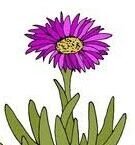
ALSO READ: Succulents That Can Survive Winters
Different Types of Ice Plants
1. Common Ice Plant
| Common Name | Common Ice Plant, Crystalline Ice Plant |
| Scientific Name | Mesembryanthemum crystallinum |
| Family | Aizoaceae |
| Origin | Africa and Southern Europe |
| Hardiness Zone | 10-11 |
It is a biennial or annual type succulent, it depends upon the environmental conditions. It has a growing habit and acts as a ground cover wherever it is grown. It has spoon-shaped, red-tinted leaves with thin membranes over it, making papillae, which results in its ice crystals-like appearance. It bears white flowers that bloom during daylight and close during the night. The fruits of this plant are capsules containing about four hundred seeds.
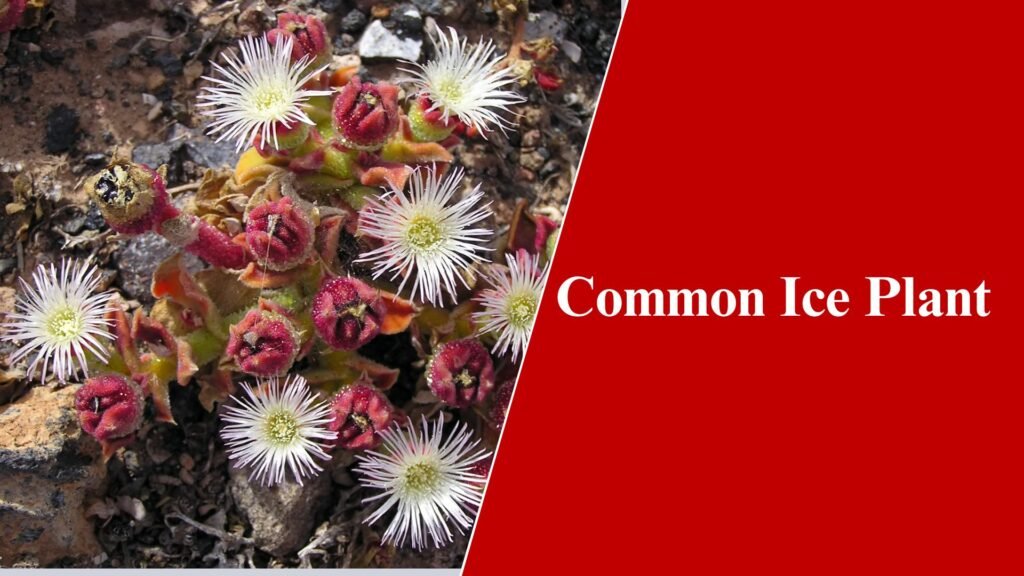
2. Blue Stone Plants
| Common Name | Blue Pebbles, Blue Stone Plants |
| Scientific Name | Argyroderma patens |
| Family | Aizoaceae |
| Origin | South Africa |
| Hardiness Zone | 10-11 |
With magenta, pink, yellow, or white succulent flowers, this unique plant brings colours to the garden. It has two hood-shaped, fleshy leaves. Unlike other succulents, it needs adequate water. The plant could be used as ground cover, for making edges, or for hanging basket purposes. As it ages, It starts making clumps at the bases which thicken and turn yellow.
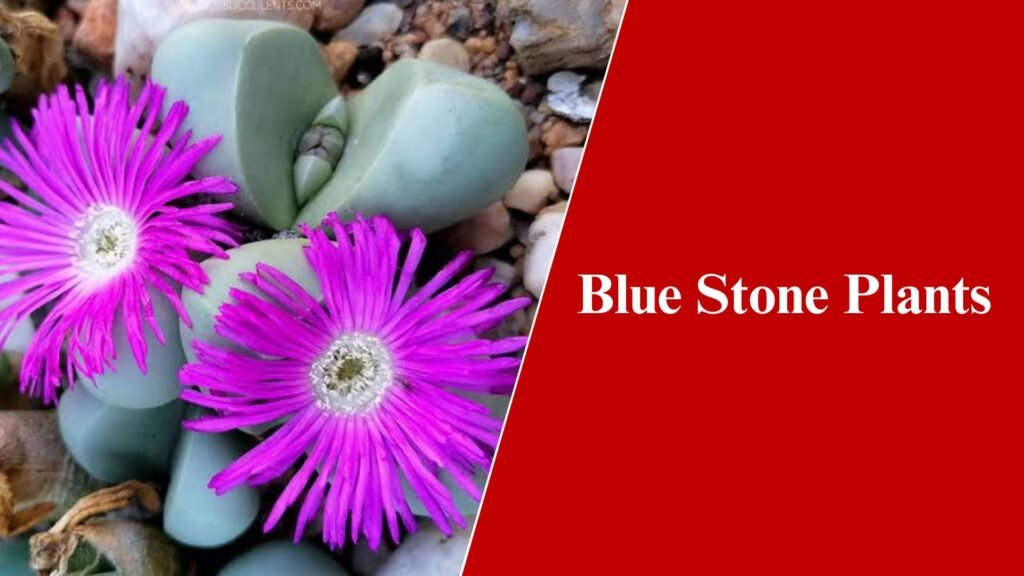
3. Royal Dewflower
| Common Name | Royal Dewflower, Red Bush Ice Plant, Showy Dewflower. |
| Scientific Name | Drosanthemum speciosum |
| Family | Aizoaceae |
| Origin | South Africa |
| Hardiness Zone | 9-11 |
Royal Dewflower has an erect woody stem with fleshy leaves. It forms a dome-shaped cover of yellow to red flower hues during summer and spring. During winter the tips of leaves turn red. This characteristic allows the plant to spread colours all year round. It has black stamens and the most common Royal Dewflowers are known to be yellow with orange tips. It is cold hardy and may survive mild winters and frost.
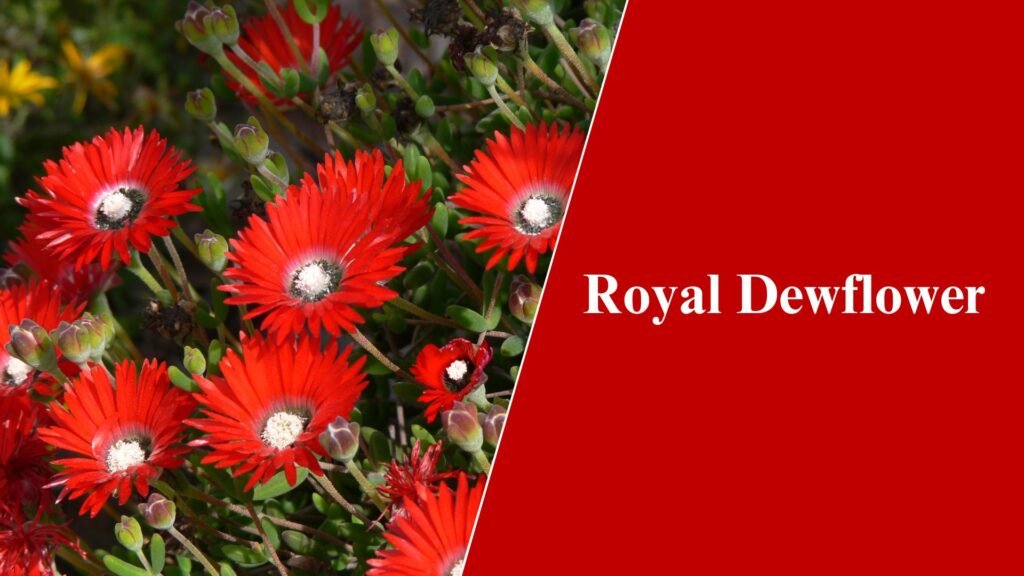
4. Baby Sun Rose
| Common Name | Heartleaf Ice Plant, Baby Sun Rose. |
| Scientific Name | Mesembryanthemum cordifolium ‘Variegatum’ |
| Family | Aizoaceae |
| Origin | Variegated form of Mesembryanthemum cordifolium |
| Hardiness Zone | 8-10 |
With deep pink to purplish flowers originating from axils of oval or heart-shaped green and yellowish leaves, Baby Sun Rose can be used as a ground cover. It has a woody base with creamy-white margins. Its profuse branching habit can be utilised in pots and hanging baskets. It has capsules with brown seeds, but these are propagated through offsets and cuttings.
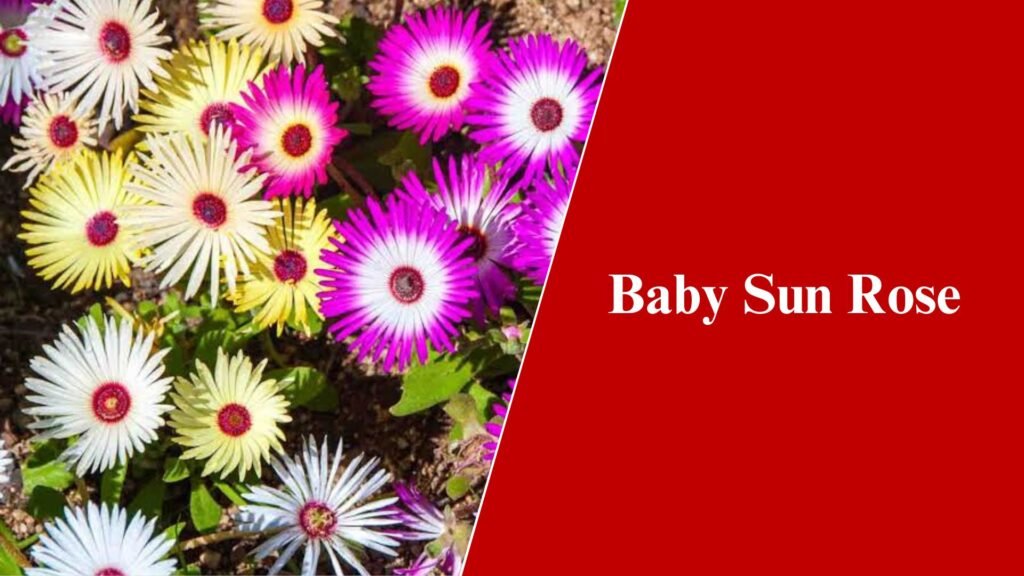
5. Hardy Yellow Ice Plant
| Common Name | Yellow Ice Plant, Hardy Yellow Ice Plant |
| Scientific Name | Mesembryanthemum nubigenum |
| Family | Aizoaceae |
| Origin | South Africa. |
| Hardiness Zone | 5-10 |
Yellow Ice Plants thrive best in full sunlight, they can also thrive in partially shaded conditions. Which means it can be utilised as an indoor plant. It is favoured most among ice plants, as it is evergreen. However, some of its leaves die back during winter. It can’t survive in soil with poor drainage and becomes invasive in areas with constant dryness in soil. It can be propagated from seeds, offsets or cuttings. Full sunlight during germination favours faster and healthier growth.
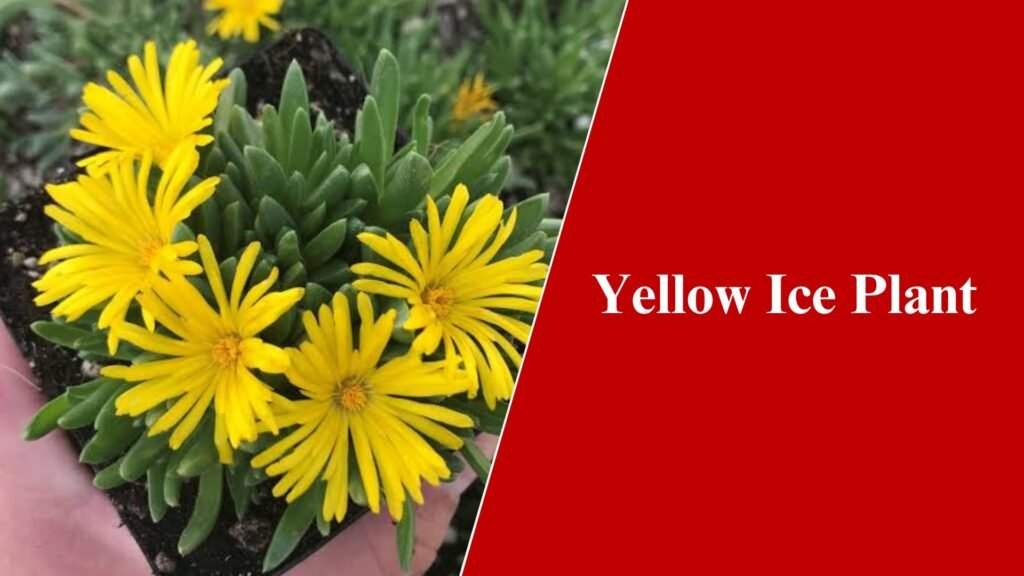
6. Pickle Plant
| Common Name | Pickle Plant, Pickle Ice Plant |
| Scientific Name | Delosperma echinatum (Lam.) Schwantes |
| Family | Aizoaceae |
| Origin | South Africa |
| Hardiness Zone | 7-10 |
The Pickle Ice plant is one of the few shrubbery succulents that bears soft white spines on its fleshy leaves. It bears small yellow and white flowers from the late winter till spring. It grows upright or in trellis, its vigorous stem-growing habit allows it to spread on the ground quickly. The Pickle Plant is also Evergreen and may die back during winter. It thrives best in full sunlight and dry conditions.
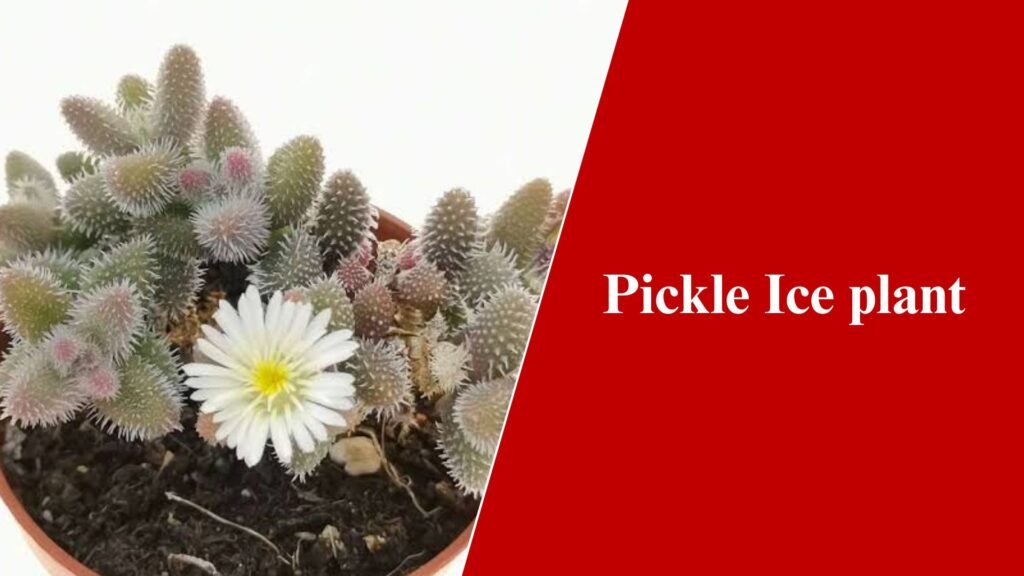
7. Hottentot Fig
| Common Name | Hottentot Fig, Freeway Ice Plant, Sour Fig, Sea Fig, Cape Fig, Highway Ice Plant, Pigface |
| Scientific Name | Carpobrotus edulis |
| Family | Aizoaceae |
| Origin | South Africa |
| Hardiness Zone | 8-11 |
Hottentot bears daisy-like flowers and bears fleshy, yellow, edible fruits that produce fragrance and taste good. It has upward-growing clustered leaves that have hot red tips. The leaves have a triangular cross-section.
The name ‘Hottentot’ refers to the pastoral people of Africa and is considered ethically wrong when used for people, therefore only plants are named as such. The redness in leaves increases as the plant ages, so redness can determine the age of this plant.
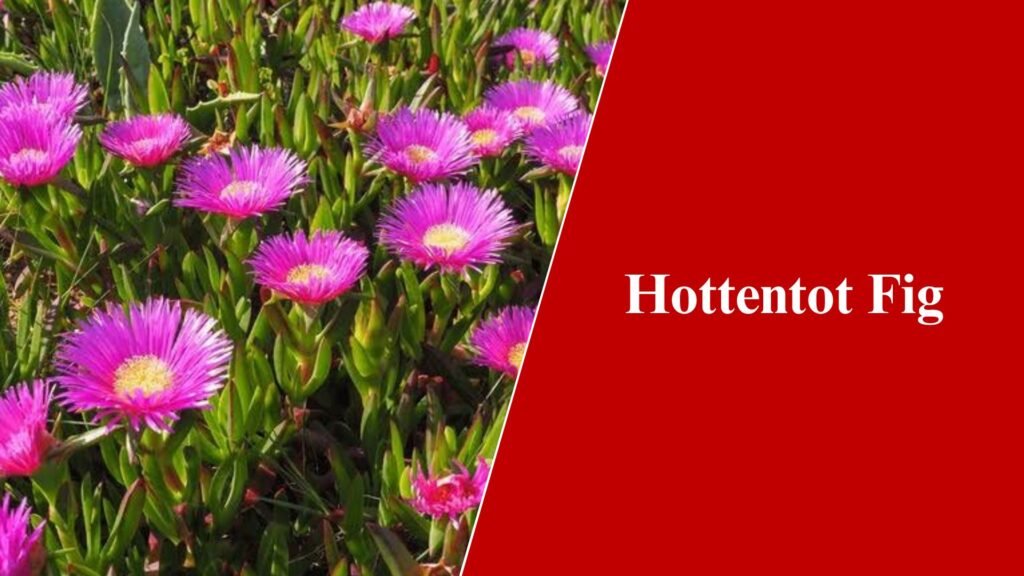
8. Dyer’s Ice Plant
| Common Name | Dyer’s Ice Plant, Hardy Ice Plant |
| Scientific Name | Delosperma dyeri |
| Family | Aizoaceae |
| Origin | South Africa |
| Hardiness Zone | 5-8 |
It blooms in summer and winter both. It has daisy-like flowers with white centres and green fleshy leaves all year round. It must receive proper sunlight and dry conditions. It can be propagated from seeds, offsets and cuttings. Delosperma is one of the most beautiful succulents. It is extremely sensitive to cold temperatures and waterlogged soil. It bears evergreen small-rounded leaves.
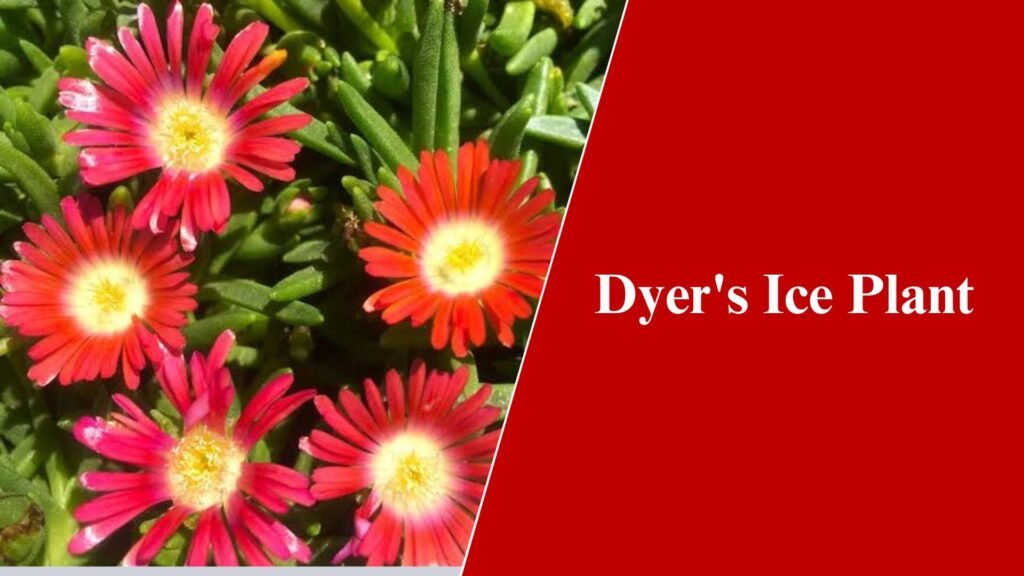
9. Sally-my-handsome
| Common Name | Sally-my-handsome, Sour Fig, Horse Fig, Creeping Fig, Pigface, Elands Sourfig |
| Scientific Name | Carpobrotus acinaciformis |
| Family | Aizoaceae |
| Origin | South Africa |
| Hardiness Zone | 7-9 |
It bears daisy-like dark pink flowers in summer and spring with a star-shaped white stigma at the end of the axil. It is favoured by direct sunlight, well-drained Soil and high temperature. It has dense leaves that are comparatively less fleshy. These can be monitored. These can be overwintered and protected in harsh weather conditions. The edible fruits of this succulent are yellow in colour and fragranating, when mature.
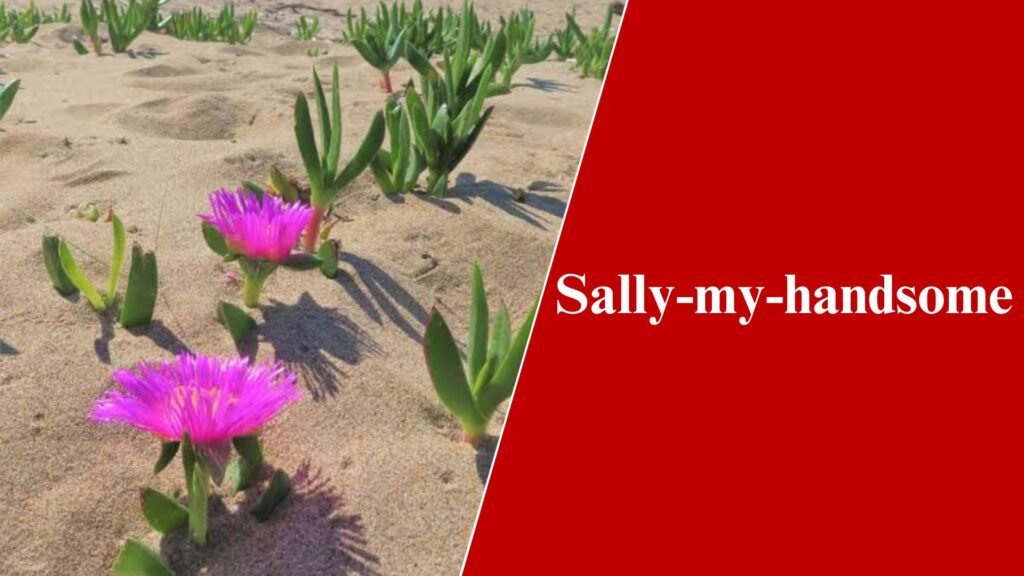
10. Ice Plant
| Common Name | Ice Plant |
| Scientific Name | Braunsia apiculata |
| Family | Aizoaceae |
| Origin | South Africa |
| Hardiness Zone | 9-11 |
Ice plants have a unique identity due to their stack-like upward growth. It has silvery green leaves that grow one over the other and form a stack. The flowers of Ice Plant vary from crimson, ink or magenta with a yellow centre during summer and spring. It can be easily propagated from seeds and cuttings but has a very slow-growing habit. Hence, it could be well utilised as a table pot indoors. These are very hardy in dry climates, these can be cultivated in deserts and extreme dry areas.
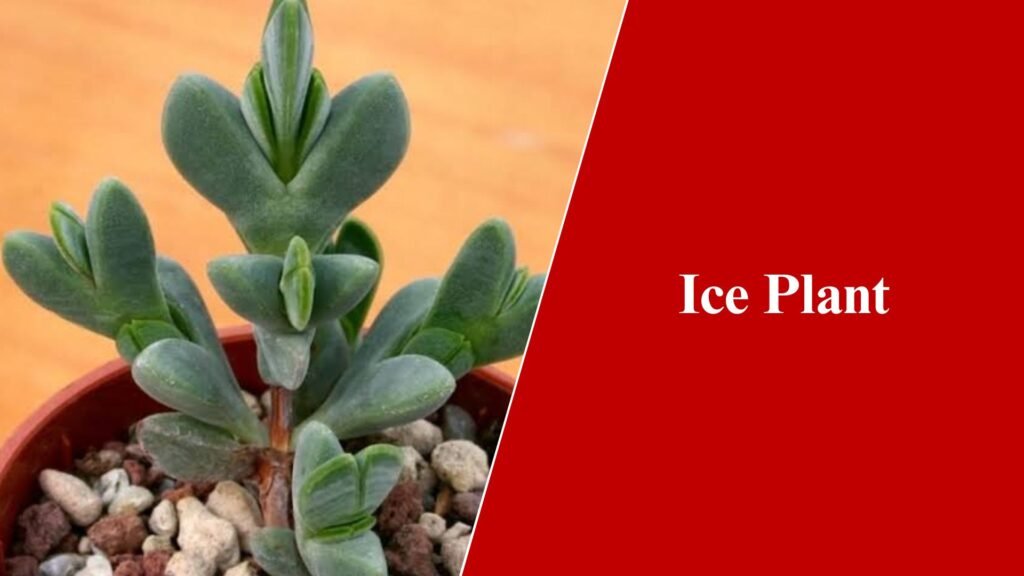
11. Showy Stonecrop
| Common Name | Brilliant Stonecrop, Ice Plant, Rabbit’s Cabbage, Showy Stonecrop, Butterfly Stonecrop, Showy Orpine, Live Forever |
| Scientific Name | Hylotelephium spectabile |
| Family | Crassulaceae |
| Origin | Native to China and Korea |
| Hardiness Zone | 3-9 |
Showy Stonecrop was formerly known as Sedum spectabile, it bears egg-shaped leaves with toothed ends. The leaves are fleshy and originate in glisters. It is a little taller than other Ice Plants and flowers occur in clusters too, which are star-shaped and pink in colour with brownish anther. This succulent is drought tolerant and cold hardy, which makes it perfect for outdoor plantation. But unlike other Ice plants, it could be mildly toxic to humans and animals.
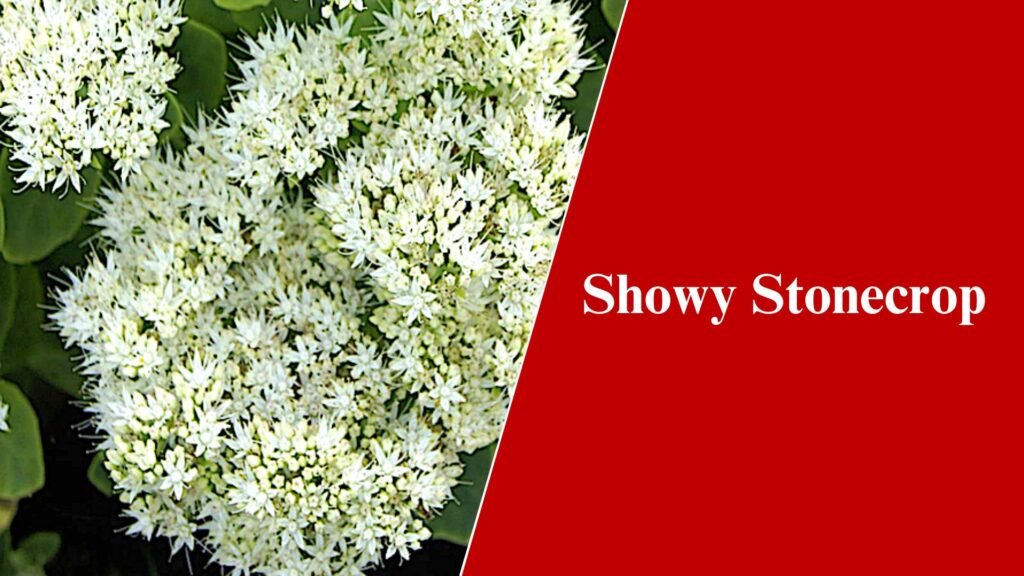
12. Titanopsis
| Common Name | Sun Ice plant, Titanopsis |
| Scientific Name | Titanopsis calcarea |
| Family | Aizoaceae |
| Origin | South Africa |
| Hardiness Zone | 3-10 |
Titanopsis itself has many species. Like summer-adapted species of Titanopsis calcarea, fulleri and luederitzii, and winter-adapted species like Titanopsis schwantesii and Hugo-Schecter. This succulent is calcicole and prefers loose, well-drained soil. Most of its species have slow-growing offsets, and hence in such plants, seeds become an important source of propagation. The leaves of these plants have a unique pattern and appear hard and stone-like.
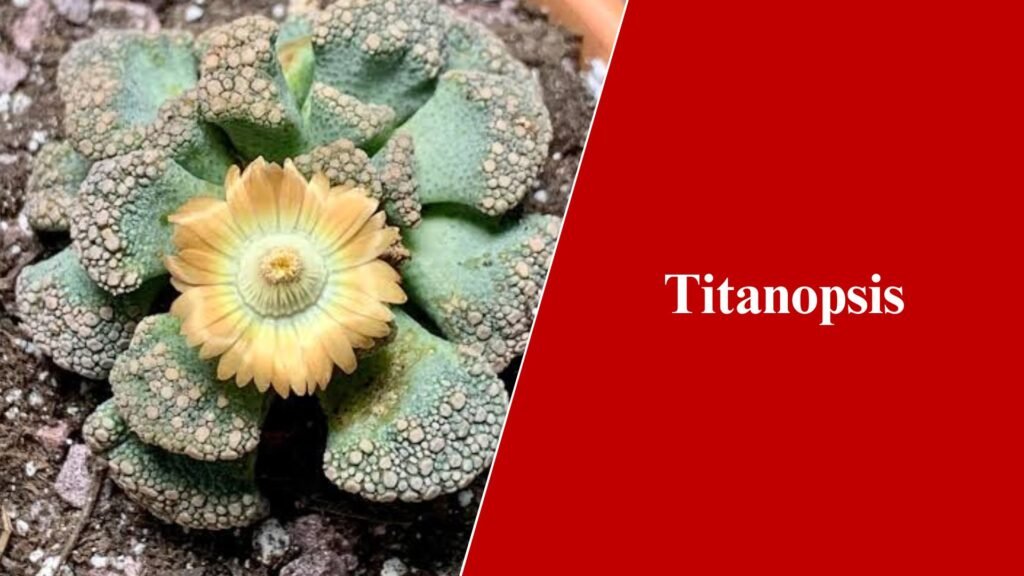
13. Shoreline Purslane
| Common Name | Sea purslane, shoreline purslane |
| Scientific Name | Sesuvium portulacastrum |
| Family | Aizoaceae |
| Origin | 5-10 |
| Hardiness Zone | Africa, Asia |
Sesuvium is Perennial with rounded and fleshy leaves. The stems of these succulents are red and spread up to a length of 1.2 metres. In the Philippines, Shoreline Purslane is a food delicacy, known as ‘bilang’, it is also used to make pickles or Atchara. It can survive in a wide range of soil types but is known to be extremely sensitive towards waterlogging. It blooms during the day and closes during the night.
ALSO READ: Cinnamon Girl Distylium Care
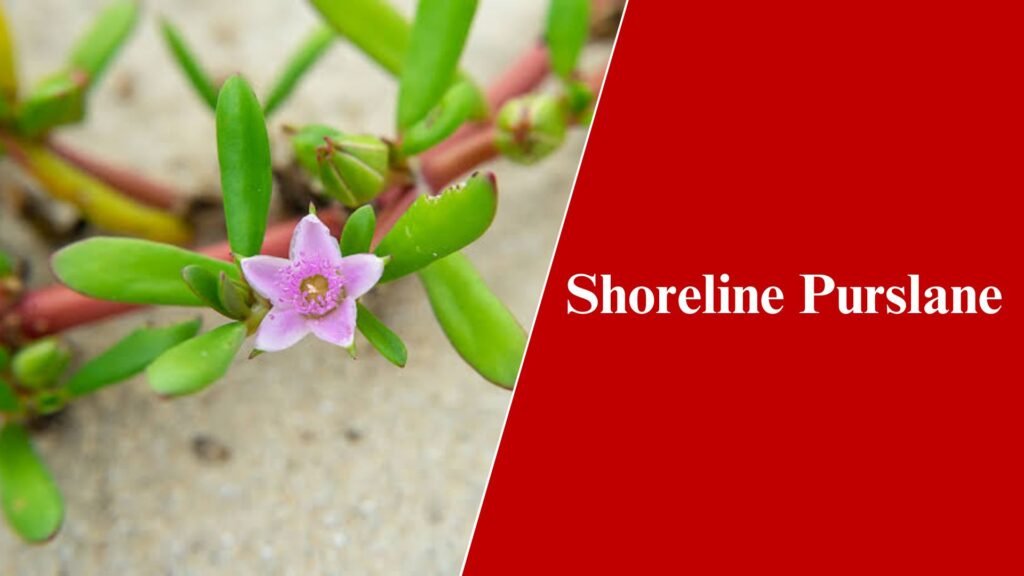
14. Ruschia
| Common Name | Ruschia Ice Plant |
| Scientific Name | Ruschia Sp. |
| Family | Aizoaceae |
| Origin | Southern Africa |
| Hardiness Zone | 3-9 |
The peculiar characteristics of Ruschia are its grey, bluish and fleshy leaves. The leaves may also have dott-like spots. It bears pink-white flowers and open seeds. There are more than 400 species of this plant known worldwide, and a few common species are Ruschia maxima, Ruschia karooica, Ruschia lineolata, Ruschia spinosa, Ruschia crassa, Ruschia pulvinaris.
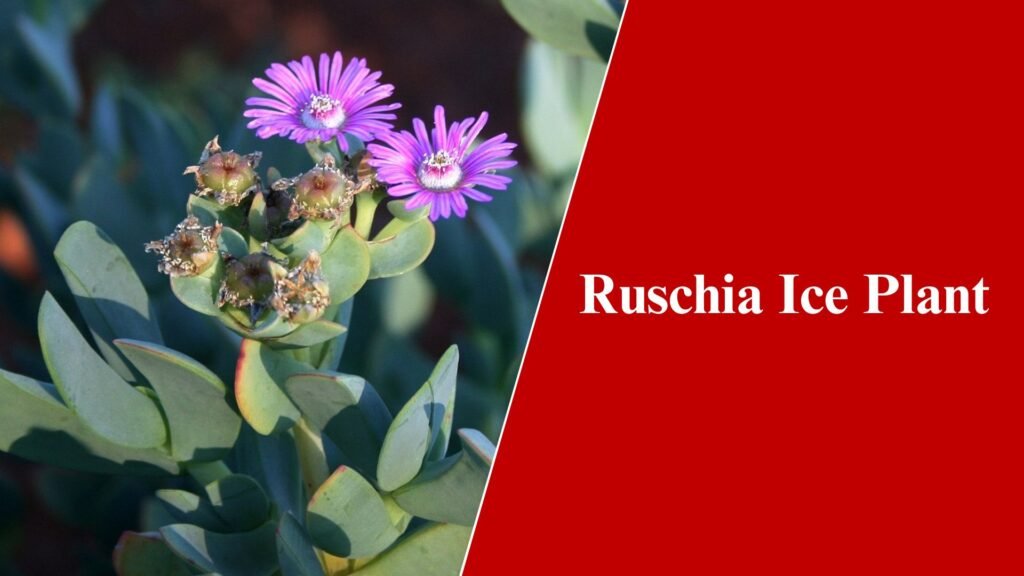
15. Fairy Elephant’s Feet
| Common Name | Fairy Elephant’s Feet |
| Scientific Name | Frithia pulchra |
| Family | Aizoaceae |
| Origin | South Africa |
| Hardiness Zone | 9-11 |
Frithia is considered Vulnerable, as per the IUCN’s red list. It prefers high summer rainfall for its best growth. It has bulbous long leaves, with peculiar shapes and clustering habits. It bears pink and Magenta coloured flowers during winter. One of the unique characteristics of this plant is that its leaves shrink and hide beneath the surface or rocks during drought periods, which makes it difficult to find them in open nature. It is one of the most beautiful succulents ever.
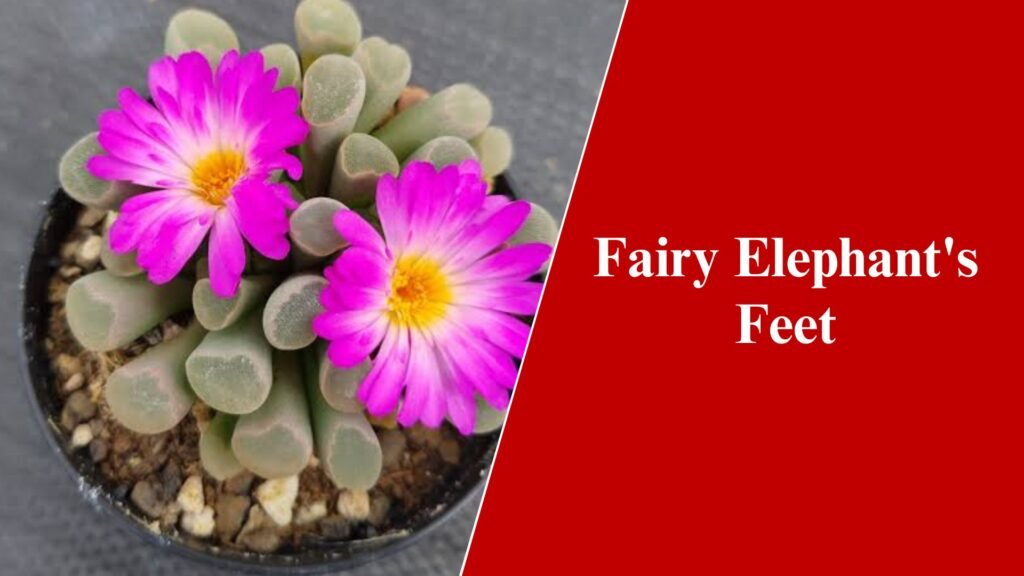
Conclusion
Ice plants have a huge diversity in nature. These flowering succulents are one of a kind and used for various purposes. Their long history in gardening has made them evolve around human society. Hence, today, different Ice Plants belong to different habitats and hold huge value in Rural or Urban landscaping.
So here we discussed the different types of Ice plants, their uses and care. If you are wondering if the plant will survive in your garden, then worry not, choose your type, and show it some love and care. The plant will surely provide you the satisfaction with its hues and beautiful scenery.
ALSO READ:15 Types of Holly bushes
